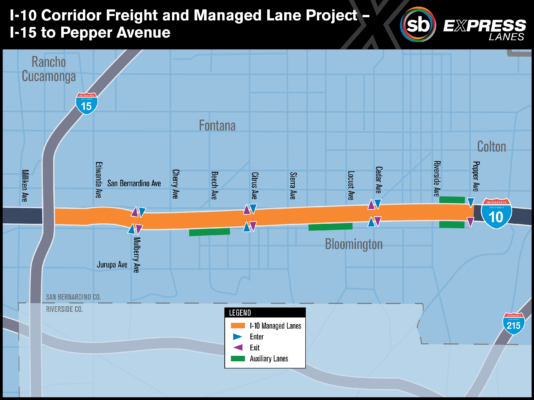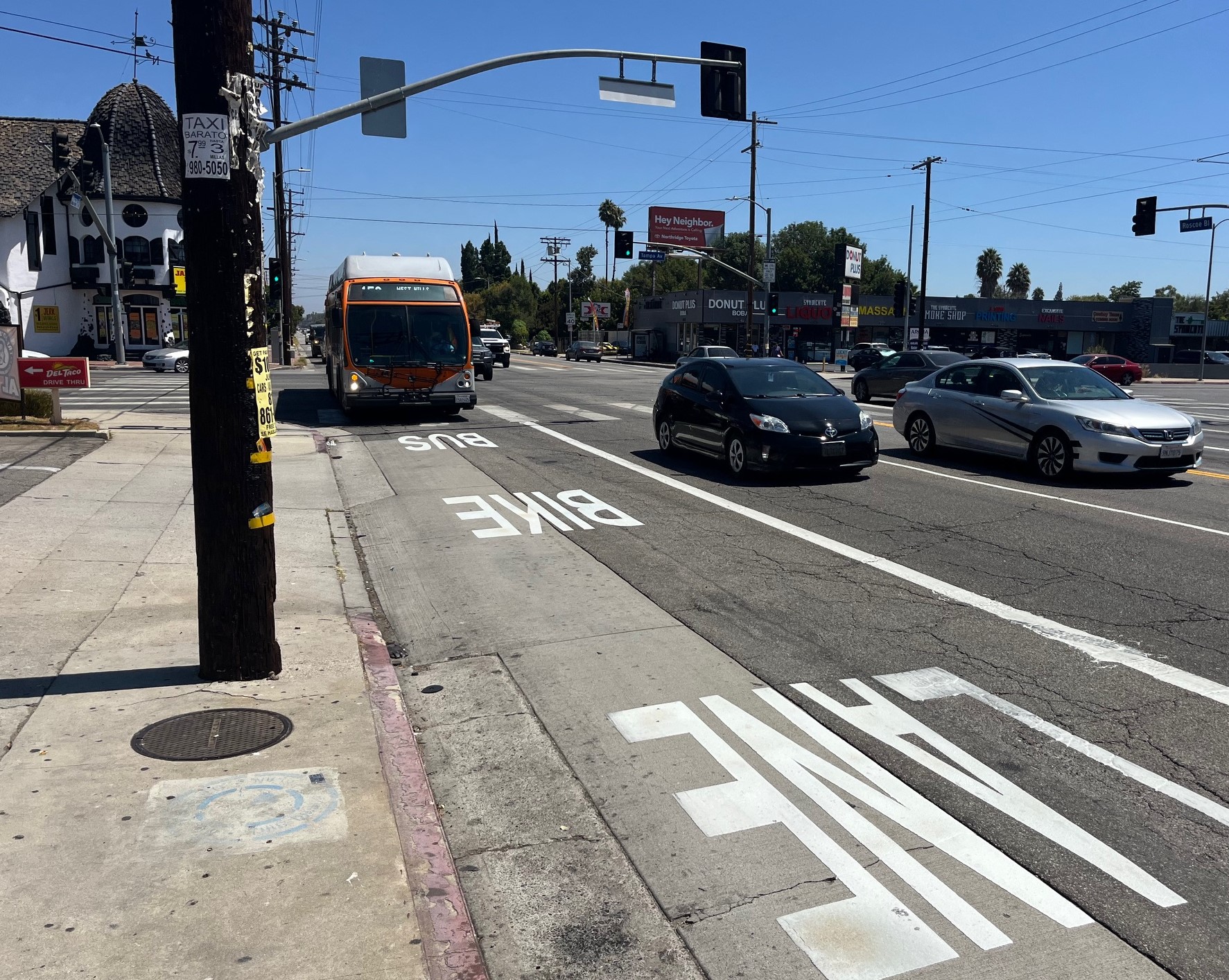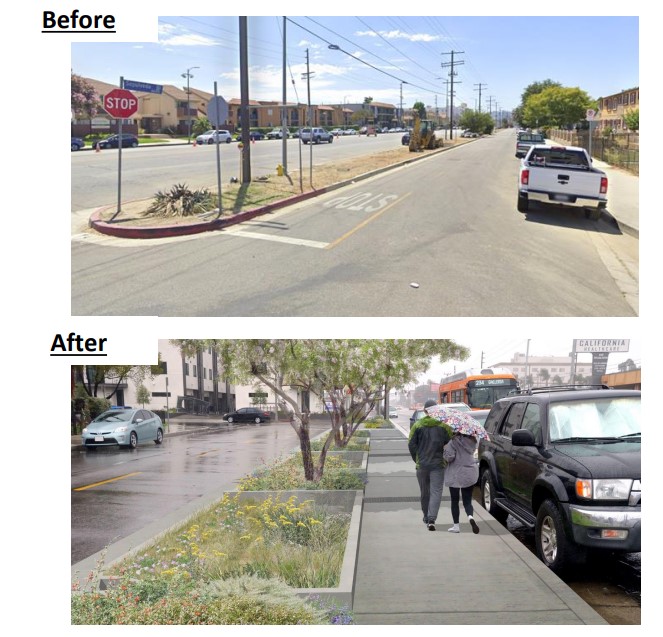
We continue our overview of what’s at stake in the big transit ballot initiatives this November with a look at Atlanta. Previous installments in this series examined Indianapolis, Seattle, and Detroit.
Back in the 1970s, both Atlanta and Washington, D.C., received federal grants to build rail networks. After finishing the first wave of Metro construction, D.C. continued to invest, creating one of the country's best high-capacity urban transit networks. But in Atlanta, MARTA's rail lines pretty much cover the same ground as in the 1980s.
Unreliable bus service is a huge problem too. The FX show "Atlanta," as Grist pointed out this week, depicts the struggles facing Atlantans who rely on transit, especially in suburban areas where trains don't reach.
The Atlanta region has had some opportunities to improve transit recently, but the political stars never aligned. That could change next month, when city voters weigh in on two issues:
- A MARTA expansion, funded by a half-cent sales tax increase that will raise $2.5 billion over 40 years.
- A "TSPLOST" measure that would raise the sales tax by .4 percent for five years, generating $300 million for complete streets and the "Beltline" -- the rail-plus-trail project that encircles the city's central neighborhoods.
The MARTA measure would pay for major bus service upgrades and up to 30 miles of light rail expansion. The City Council has selected a menu of transit improvements that will be eligible for funds, but the tax revenue won't be able to pay for all of them.
One improvement that will certainly receive funding involves double service frequency on major bus routes from every 30 minutes to every 15.
Also eligible for funds: building light rail along the Beltline; seven miles of bus rapid transit with exclusive lanes, level boarding, and off-board fare collection; five enhanced bus routes with 10-minute headways and limited stops; and up to 17 infill rail stations.
Currently, Atlanta's rail lines have only a few stations spaced far apart, notes Darin Givens, a local advocate who formerly ran the blog ATL Urbanist. New infill stations would provide opportunities for walkable development, he said.
Major increases in bus service, meanwhile, would address one of riders' biggest complaints, said Givens: low frequency.
Unfortunately, these ballot measures won't help people outside city limits. Both emerged from the failure of a larger, 10-county "TSPLOST" transportation package in 2012, which would have raised $7 billion for a mix of transit and highway projects. The measure was roundly defeated, but in the city of Atlanta, most voters supported it.
Earlier this year, Mayor Kasim Reed said the city didn't need to wait for the suburbs and would move on its own to expand transit.
Givens is optimistic about the measure's chances at the ballot. "This is a dream amount of money for MARTA," he said.
The second ballot measure would pay for a host of walking and biking improvements within the city. The proposal calls for $66 million to complete land acquisition for the Beltline and finish building the trail component. That project is already leading to a surge of development, but it has also sparked concerns about rising rents.
In addition to the Beltline, the funding measure would also provide $75 million for 15 complete streets projects around the city and $69 million for sidewalks.





